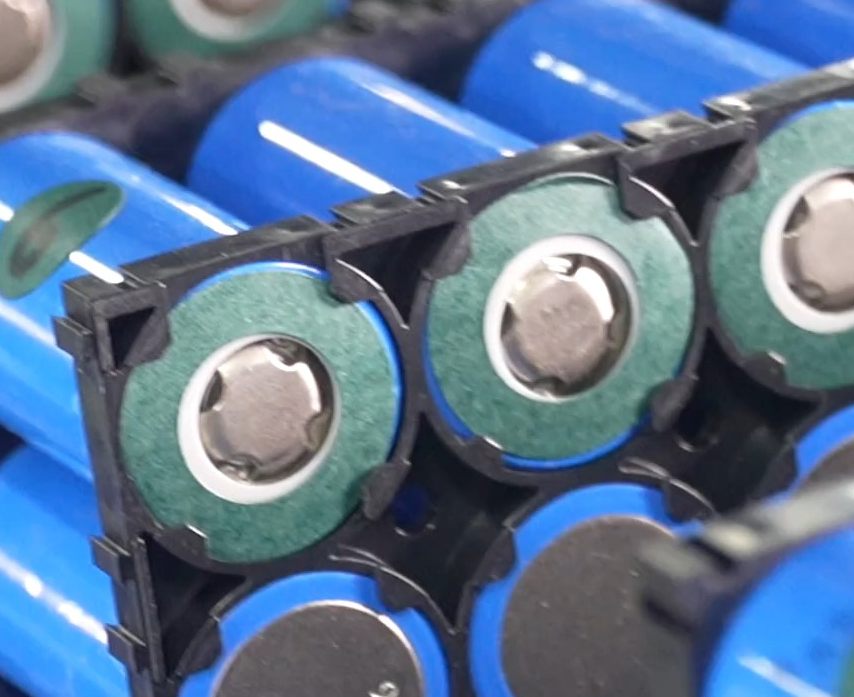Rechargeable sealed lead-acid battery is a kind of recyclable and rechargeable lead-acid battery, which belongs to sealed lead-acid battery from the type of lead-acid battery. Rechargeable sealed lead-acid battery is a special type of lead-acid battery, which adopts sealed structure, so that the electrolyte inside the battery is not easy to leak. This type of battery is maintenance free, so it does not require frequent addition of distilled water or other maintenance operations in daily use.

The electrolyte of sealed lead-acid batteries is prepared with chemically pure sulfuric acid (or special electrolyte) and distilled water, and its density is generally 1.25-1.29g/cm³ (at 15℃). Since industrial sulfuric acid and general water contain iron, copper and other impurities that can cause self-discharge and pole plate damage, they cannot be used in storage batteries. And from the big category, lead-acid battery is a kind of chemical power source, also known as lead battery, its electrode is mainly made of lead and its oxides, and the electrolyte is sulfuric acid solution. Lead-acid battery is a common chemical energy to electrical energy conversion device, because of its low cost, safe and reliable use, is widely used in automotive, UPS power supply, solar energy and other fields. And features rechargeable sealed lead-acid batteries have the advantages of stable voltage and cheap price, but there are some disadvantages, such as low specific energy (i.e., less electrical energy stored per kilogram of battery), short service life and frequent routine maintenance. There are many types of sealed lead-acid batteries, for lead-acid batteries or or battery charging pile related objects in the use of materials are also used to metal or plastic, such as ABS, PP, PE or ppgi coils made of pre-painted galvanized steel. The old-fashioned ordinary batteries generally have a life of about 2 years, and need to regularly check the height of the electrolyte and add distilled water. However, with the development of technology, the life span of lead-acid batteries has become longer, while the maintenance is also simpler.
Rechargeable sealed lead-acid batteries, especially valve-regulated sealed lead-acid batteries (VRLA), have the following distinctive features:
1.Sealing: The design of this type of batteries allows them to be operated for the whole period of use without the need to add water or other electrolyte. Due to its sealed nature, it will not leak harmful acid mist, so it can be safely placed in any location without fear of corrosion or contamination.
2. Maintenance-free: Due to its sealed design, the battery requires little to no routine maintenance. Users do not need to check the electrolyte level or clean the battery surface regularly.
3, Long Life: Used and maintained under proper conditions, the design life of this type of battery can last for several years, or even ten years or longer in some cases.
4, high efficiency: sealed lead-acid batteries have excellent charging and discharging performance, and can provide a large amount of current in a short time.
5, safety: valve-regulated sealed lead-acid batteries are equipped with a safety valve inside, when the pressure inside the battery is too high, this valve will open to release the excess gas, thus preventing the battery from exploding.
6, Widely used: due to its long life, high reliability and wide range of applications, this type of battery is widely used in UPS (uninterruptible power supply), telecommunication equipment, emergency lighting, medical equipment, electric vehicles and other fields.
The working principle of lead-acid batteries is mainly to utilize the chemical reaction between lead and lead oxides to generate electrical energy. In the discharged state, the main component of the positive electrode is lead dioxide and the main component of the negative electrode is lead; in the charged state, the main component of both the positive and negative electrodes is lead sulfate. Lead-acid batteries are usually composed of multiple battery cells, each of which includes positive electrode, negative electrode, electrolyte, diaphragm and other components. Lead-acid batteries are an important chemical power source, widely used in a variety of fields, and despite some drawbacks, their advantages still make them a reliable power source option.
Rechargeable sealed lead-acid batteries are widely used in a variety of equipment, such as low-speed electric vehicles, UPS uninterruptible power supplies, and electric bicycles. In the process of use and charging, it is necessary to follow the corresponding instructions for use and safety norms to ensure the normal use of the battery and extend its service life. From the technical maintenance, especially pay attention to the fact that if the rechargeable sealed lead-acid battery has insufficient electrolyte due to leakage or other factors, it is necessary to carry out the operation of adding liquid. When adding liquid, distilled water should be added to the original water level near the trace line, and then add pure sulfuric acid (or special electrolyte), so that the specific gravity of the electrolyte is about 1.2, and at the same time, the amount of liquid added should not exceed the original water level trace line.